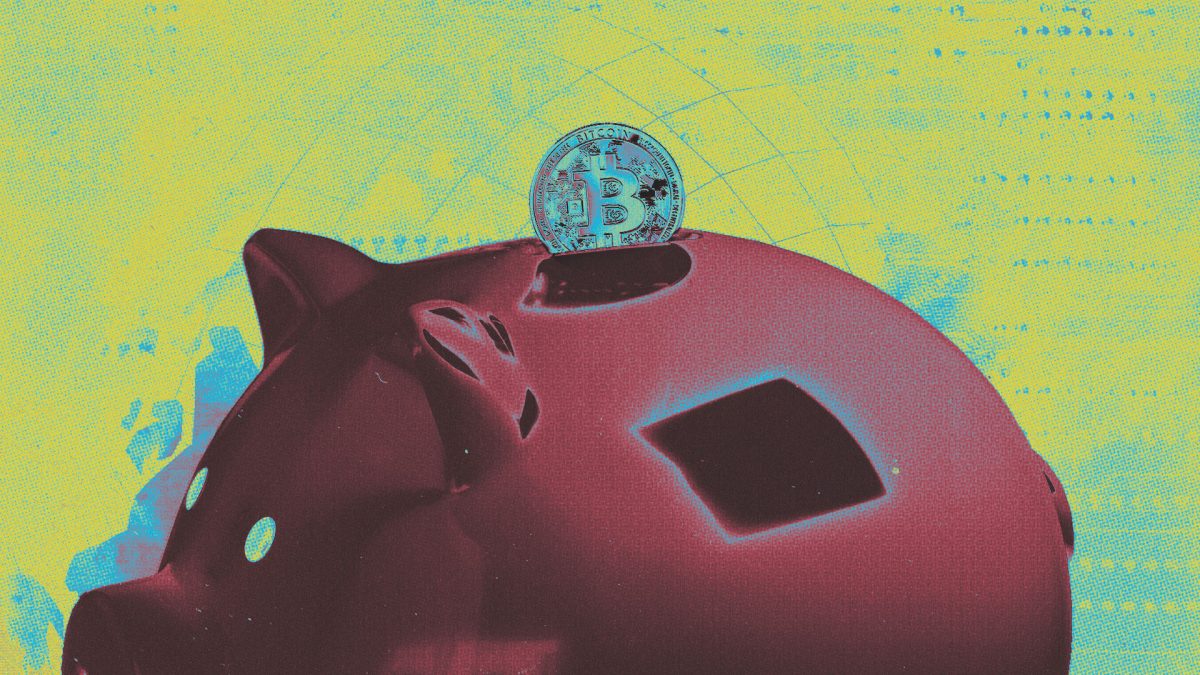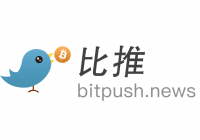Tether-backed Rumble will debut Bitcoin tipping for its 51 million monthly users in December
Quick Take Rumble, the video streaming platform significantly backed by stablecoin giant Tether, announced that its 51 million monthly active users will be able to tip creators in Bitcoin, USDT, and Tether Gold starting in mid-December. Tether CEO Paolo Ardoino also previously said Tether would promote adoption of its U.S.-compliant stablecoin USAT through Rumble.

Nasdaq-listed video streaming platform Rumble (ticker: RUM) will roll out crypto-based tipping for its 51 million active monthly users in mid-December, the company announced during the Plan ₿ Forum in Lugano, Switzerland.
Rumble Wallet, a non-custodial wallet built into the platform, will soon support payments and tips in Bitcoin, Tether's USDT stablecoin, and Tether Gold (XAUT), according to Rumble's website. The feature is expected to launch in December of this year.
Lawyer and content creator David Freiheit was the first to receive a Bitcoin tip, Rumble said on X. The company is also offering users a chance at winning 1 BTC through a promotional sweepstakes that runs until the end of October.
Tether, the stablecoin giant that owns about 48% of Rumble following last year's $775 million investment in the company, developed the feature in partnership with Rumble. Its CEO, Paolo Ardoino, recently said the firm will leverage its connections with Rumble to promote adoption of its U.S.-compliant stablecoin, USAT. (Its flagship stablecoin, USDT, does not comply with the U.S. GENIUS Act regulations.)
"The aim there is to prove how we can convert [Rumble's] 51 million [monthly] active users, mostly in the United States, to use stablecoins within the U.S., the most sophisticated country nation for financial rails," Ardoino said on a panel at Singapore's Token2049 conference.
Rumble also holds 210.8 BTC worth about $23.6 million as part of its Bitcoin treasury strategy, according to BitcoinTreasuries.net data.
Disclaimer: The content of this article solely reflects the author's opinion and does not represent the platform in any capacity. This article is not intended to serve as a reference for making investment decisions.
You may also like
$1.3 million in 15 minutes, the ones who always profit are always them

$8.8 billion outflow countdown: MSTR is becoming the abandoned child of global index funds
The final result will be revealed on January 15, 2026, and the market has already started to vote with its feet.

Deconstructing DAT: Beyond mNAV, How to Identify "Real vs. Fake HODLing"?
There is only one iron rule for investing in DAT: ignore premium bubbles and only invest in those with a genuine flywheel of continuously increasing "crypto per share."

Empowered by AI Avatars, How Does TwinX Create Immersive Interaction and a Value Closed Loop?
1. **Challenges in the Creator Economy**: Web2 content platforms suffer from issues such as opaque algorithms, non-transparent distribution, unclear commission rates, and high costs for fan migration, making it difficult for creators to control their own data and earnings. 2. **Integration of AI and Web3**: The development of AI technology, especially AI Avatar technology, combined with Web3's exploration of the creator economy, offers new solutions aimed at breaking the control of centralized platforms and reconstructing content production and value distribution. 3. **Positioning of the TwinX Platform**: TwinX is an AI-driven Web3 short video social platform that aims to reconstruct content, interaction, and value distribution through AI avatars, immersive interactions, and a decentralized value system, enabling creators to own their data and income. 4. **Core Features of TwinX**: These include AI avatar technology, which allows creators to generate a learnable, configurable, and sustainably operable "second persona", as well as a closed-loop commercialization pathway that integrates content creation, interaction, and monetization. 5. **Web3 Characteristics**: TwinX embodies the assetization and co-governance features of Web3. It utilizes blockchain to confirm and record interactive behaviors, turning user activities into traceable assets, and enables participants to engage in platform governance through tokens, thus integrating the creator economy with community governance.

